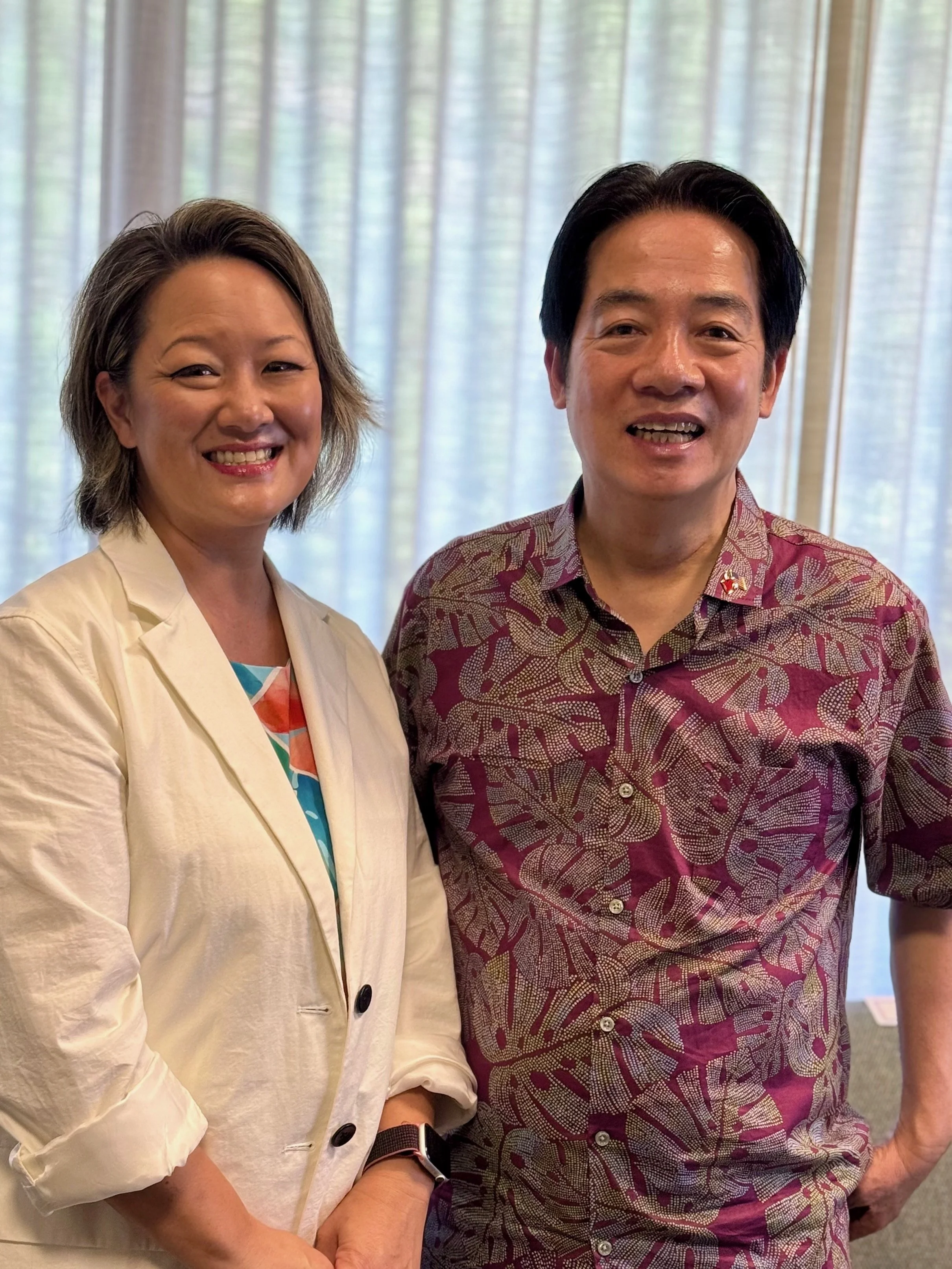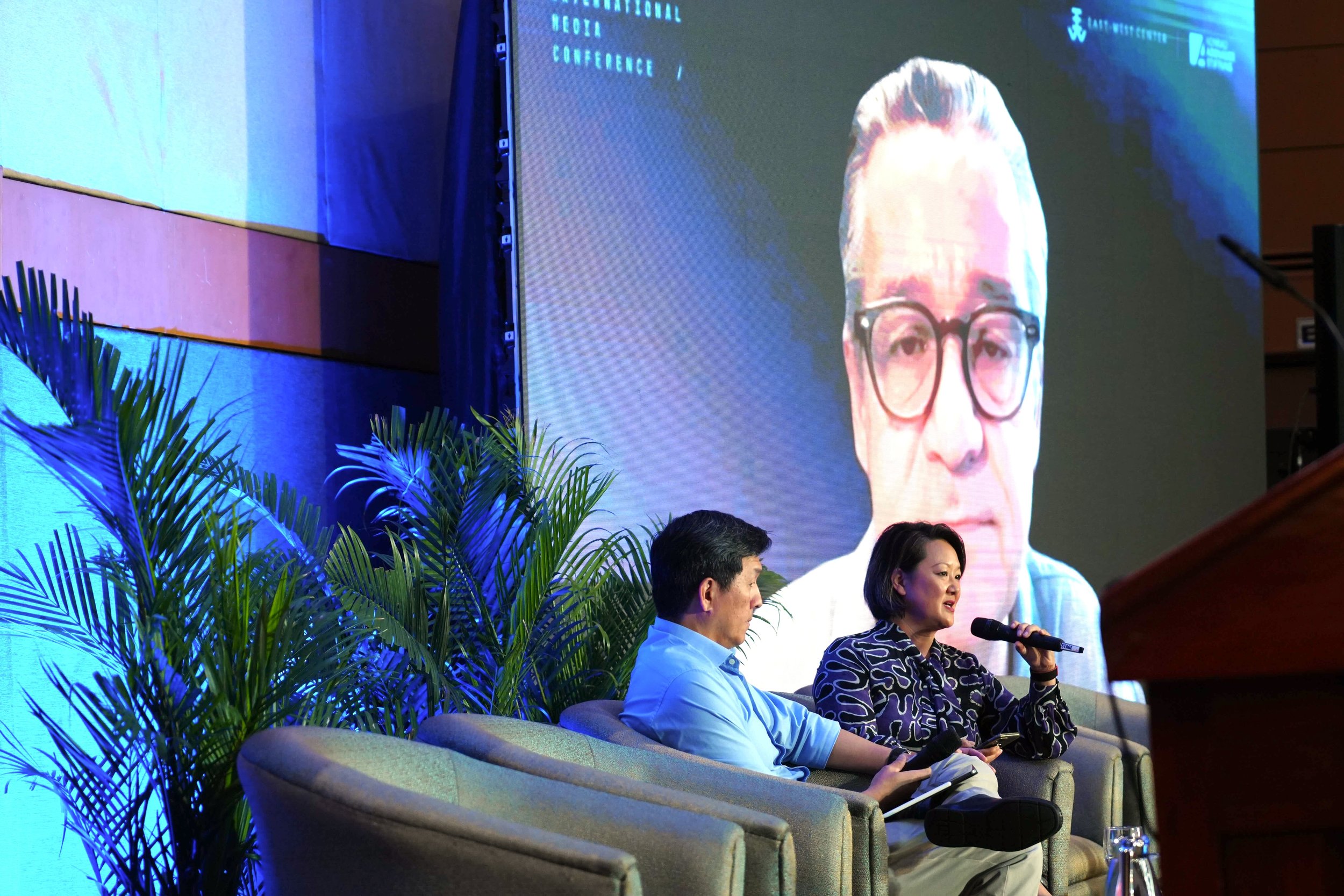As the global response to the COVID-19 pandemic continues, South Korea has been held up as a model for effective public health response. Massive widespread testing, public quarantine, social distancing, and other measures have resulted in the trajectory of infections and deaths looking substantially flatter than in other countries. South Korea’s neighbor to the north, the Democratic People’s Republic of Korea (DPRK), or North Korea, remains something of an enigma: As of 19 March, North Korean officials claim to have no cases of COVID. North Korean leader Kim Jong Un sealed the country’s borders in January and claims to have placed over 5,000 people in quarantine with no reported cases of the virus. At the same time, US official have observed a sharp drop in North Korean military activity over the past month, including a period of 24 days in which no North Korean military aircraft flew. Training activity has slowly resumed, and over the past two weeks, the DPRK has launched two separate salvos of short-range ballistic missiles in high profile tests, which have in the past been used both as provocations and signals of resolve.
To help us understand the likely situation in North Korea, we are joined by Jean H. Lee, who is the director of the Hyundai Motor-Korea Foundation Center for Korean History and Public Policy at the Wilson Center in Washington, DC. Lee is a Pulitzer-nominated foreign correspondent who led the Associated Press’s coverage of the Korean peninsula from 2008-2013, and in 2012 opened and served as the bureau chief for the AP bureau in Pyongyang, North Korea. She has made dozens of extended reporting trips to North Korea, visiting farms, factories, schools, military academies and homes in the course of her exclusive reporting across the country.
[ 02:06 ] Given the isolation and autarky of the DPRK regime, should we trust the numbers they are advertising, or is there reason to believe that they are hiding cases of the disease?
[ 03:00 ] What is the state of public health infrastructure in North Korea? Are they capable of the types of testing and interventions necessary to control the virus? Do their hospitals have the capacity to deal with significant numbers of ICU patients? How healthy is the average North Korean and how does that affect their ability to withstand the virus?
[ 04:58 ] What measures have we seen the Kim regime take that might be in response to the virus?
[ 06:48 ] How well would social distancing work in North Korean society? Do typical living conditions support appropriate isolation measures? Should we expect to see extensive government control measures? What about the effect in government-run prison camps, estimated by some sources to hold up to 130,000 political prisoners?
[ 08:32 ] Would a major COVID outbreak in North Korea pose a threat to the stability of the Kim regime? How would it compare to the impact of the famine in the 1990’s? Would Kim accept outside help?
Sign up now and start listening to "The WarCast"!
Already a member? Sign In to have access to our Warcasts




















Leading U.S. experts and former officials to identify actionable policy steps the White House and Congress should take to address the growing threat from North Korea.